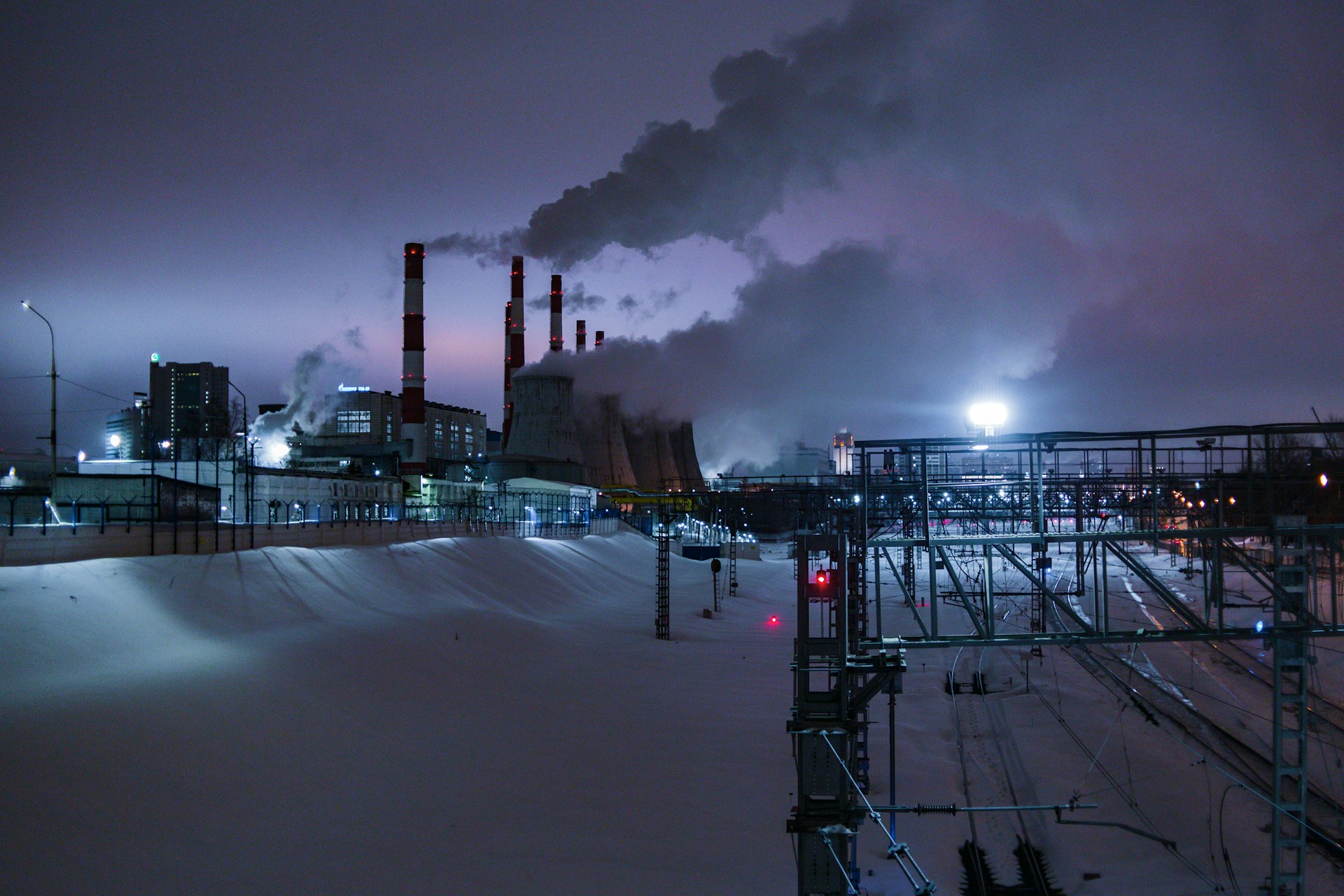Ukraine’s ongoing wave of drone attacks targeting Russian oil refineries and other industrial infrastructure is cutting into Moscow’s export of finished petroleum products. That is likely playing a role in rising US crude and gasoline prices, which have each reached 2024 highs recently. Russia’s second largest refinery was hit last week and the fourth largest facility may still be offline following a strike on the plant in January. Overall, Ukraine’s SBU claims more than a third of Russia’s 32 major refineries have suffered drone strikes since the start of the war.
At the end of 2023, the US was exporting gasoline at the fastest pace in two years while monthly crude exports had jumped to a nine-month high. Russia’s crude oil output cuts, combined with a fuel export ban that was initiated in March, could create even heftier demands on American product to fill the gap. More gasoline has been drained from US commercial stockpiles throughout the past six weeks than in any other identical period going back to April 2021.
Related ETFs: Energy Select Sector SPDR Fund (XLE), Invesco DB Oil Fund (DBO), United States Gasoline Fund, LP (UGA)
Long range drone attacks targeting Russian oil refineries and storage facilities, launched by the Security Service of Ukraine (SBU), have only continued to gain steam since MRP covered the first wave of such attacks back in January. In just the past week Newsweek has counted hits on six Russian refineries, and the SBU claims that a total of twelve have been subject to drone strikes. The latter figure represents more than a third of Russia’s 32 major oil refineries. Due to the Russia’s geographical span, not all of these facilities will be within striking range of Ukraine’s special forces, but they have shown a capability to hit targets up to 850km away from their border, previously attacking a Novatek-owned fuel export terminal positioned on the Gulf of Finland in the Leningrad Oblast.
Russia’s Ryazan refinery, about 200km southeast of Moscow, was one of the targets slammed by drones last week. This is the largest refinery operated by state-owned Rosneft Oil Company and, according to Statista, the second largest in the country in terms of 2020 throughput. Bloomberg reports Ryazan’s refining capacity at 17.1 million tons of product per year, or around 340,000 barrels a day. Ryazan and the two other facilities attacked on March 12-13 alone account for about 12% of Russia’s oil-processing capacity. The fourth largest Russian refinery, located in Tuapse, was struck by Ukraine’s drone offensive in late January and was still offline by early March. Tuapse hosts the only Russian refinery located on the Black Sea coast and sits approximately 370km from the nearest portion of the Ukrainian border.
Both sides of the Russo-Ukrainian war have implemented economic warfare as part of their strategies, militarizing trade routes and targeting critical manufacturing facilities with missiles and drones. Strikes on Russian economic infrastructure are likely to continue and increase in frequency, following…
To read the complete Intelligence Briefing, current All-Access clients, SIGN IN All-Access clients receive the full-spectrum of MRP’s research, including daily investment insights and unlimited use of our online research archive. For a free trial of MRP’s All-Access membership, or to save 50% on your first year by signing up now, CLICK HERE










